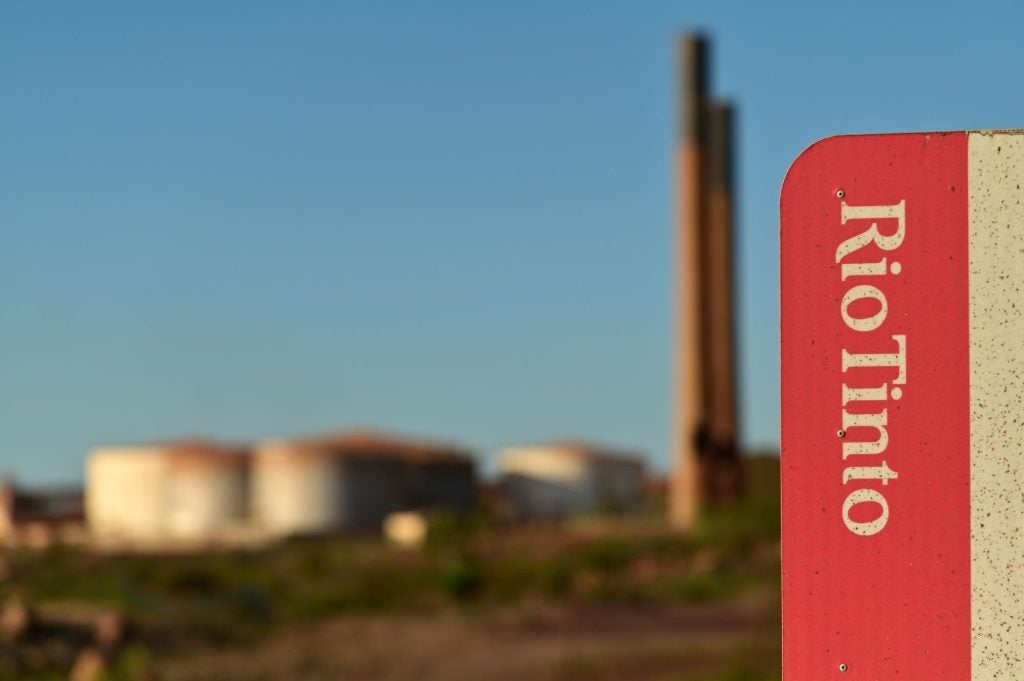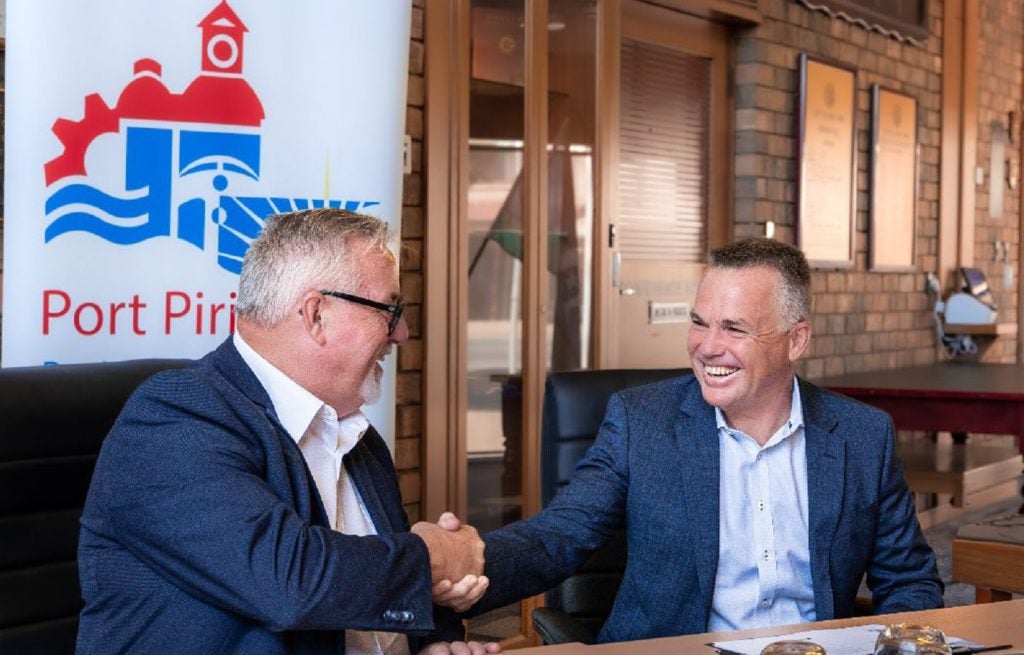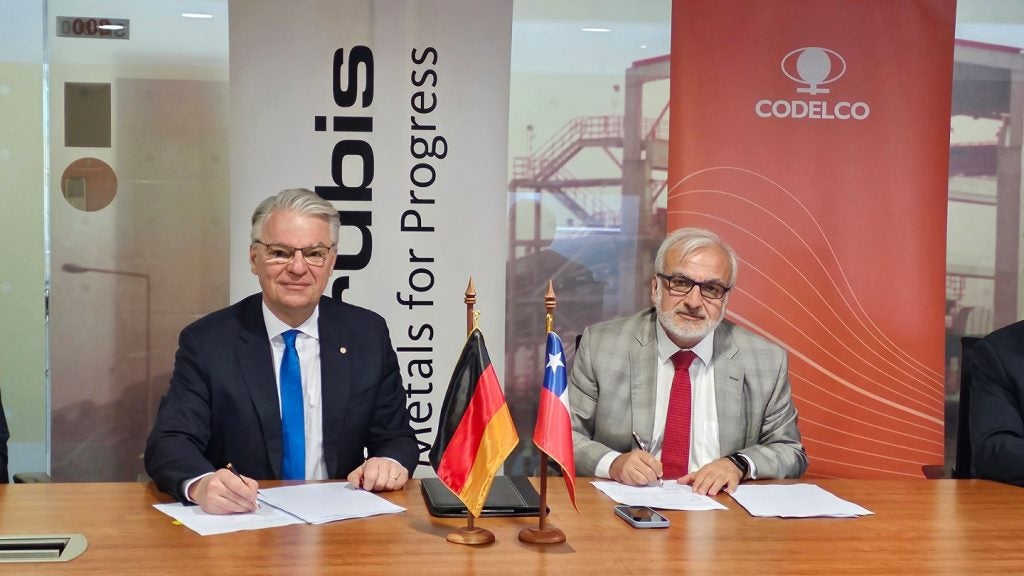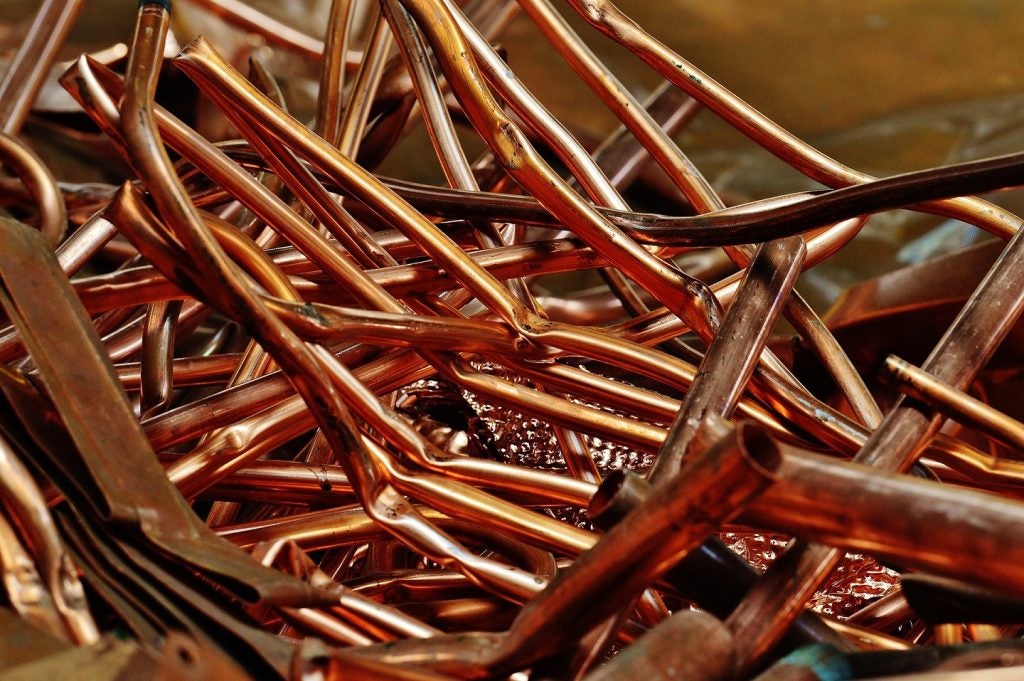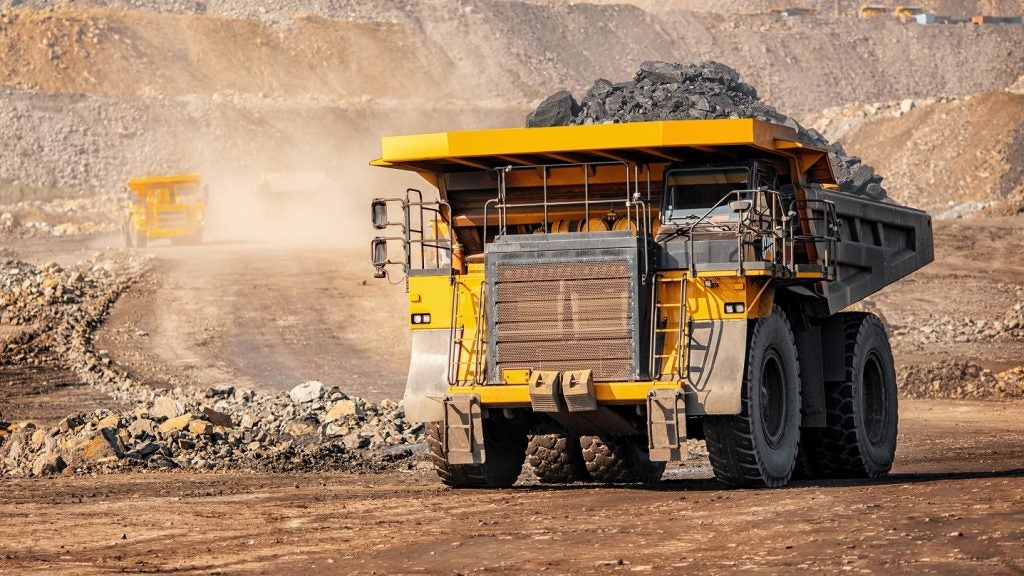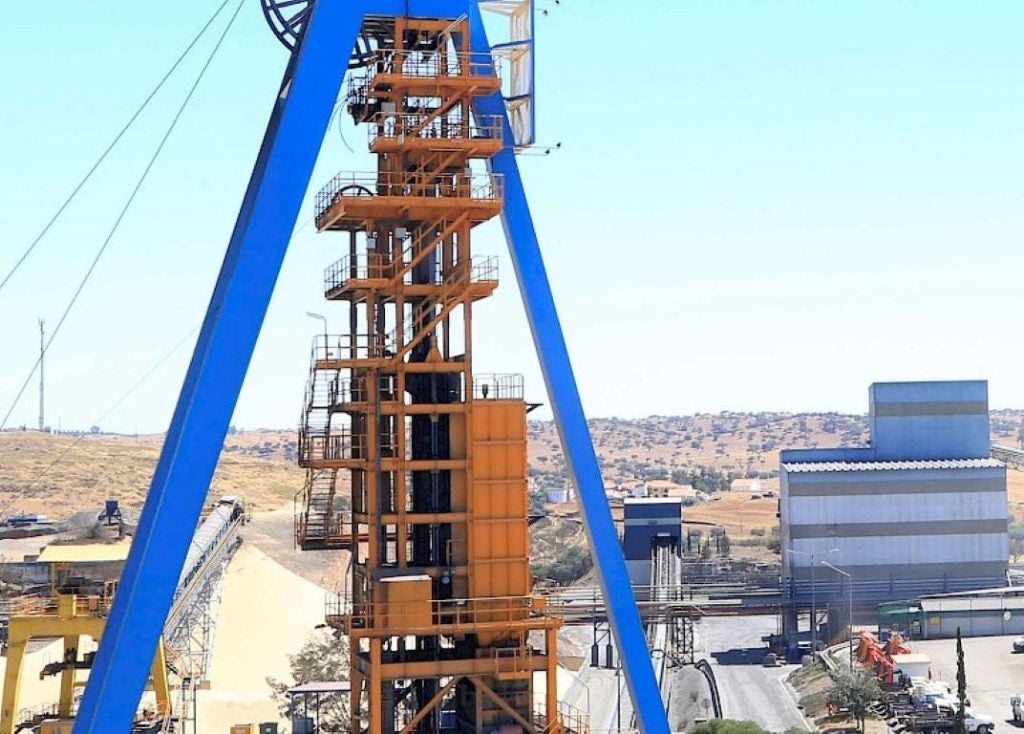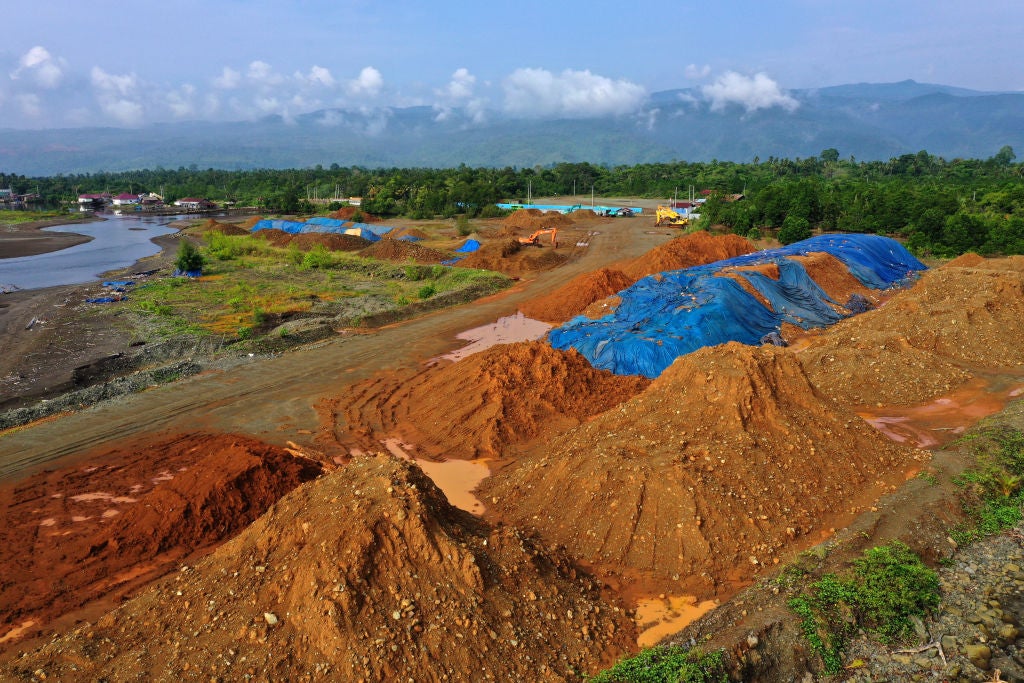Anglo Australian mining giant Rio Tinto’s autonomous train derailed on Sunday evening 120km from Dampier port in Western Australia (WA).
The accident involved 38 wagons of the self-driving iron ore train, but no one was injured, the company said on Tuesday. As it occurred on a dual track section of the railway, trains can continue to operate in the area and disruption is limited. However, track management will be more complex than when both tracks are available, as trains returning to the mine must wait for loaded trains to pass and vice versa.
A Rio Tinto spokesperson said: “An investigation has begun, and the appropriate regulators have been notified. Work to recover derailed wagons has also commenced.”
It remains unclear when routine operations will resume.
The derailment is likely to restrict delivery to the port this week after Rio Tinto had a below-average shipping week leading up to 10 February.
In June last year, a similar incident occurred when 30 wagons left the tracks 20km away from Dampier. The company was able to cover shipments from port stockpiles until the situation was resolved and operations resumed a week later.
The most conspicuous derailment came in 2018 when BHP was forced to derail a runaway ore train in WA. BHP suspended its rail operations after the incident that wrecked the track and upturned a locomotive and wagons.
The latest derailment will add disruption to WA iron ore exports, which are already fragmented this week. BHP’s train drivers are striking on 16 February and Fortescue has not returned to its average weekly loadings since a derailment outside Port Hedland on 30 December.
Elsewhere, Rio Tinto and BHP have signed an agreement with Australian steelmaker BlueScope to investigate the development of the nation’s first ironmaking electric smelting furnace pilot plant. The initiative seeks to demonstrate the viability of producing molten iron ore using renewable energy sources.


